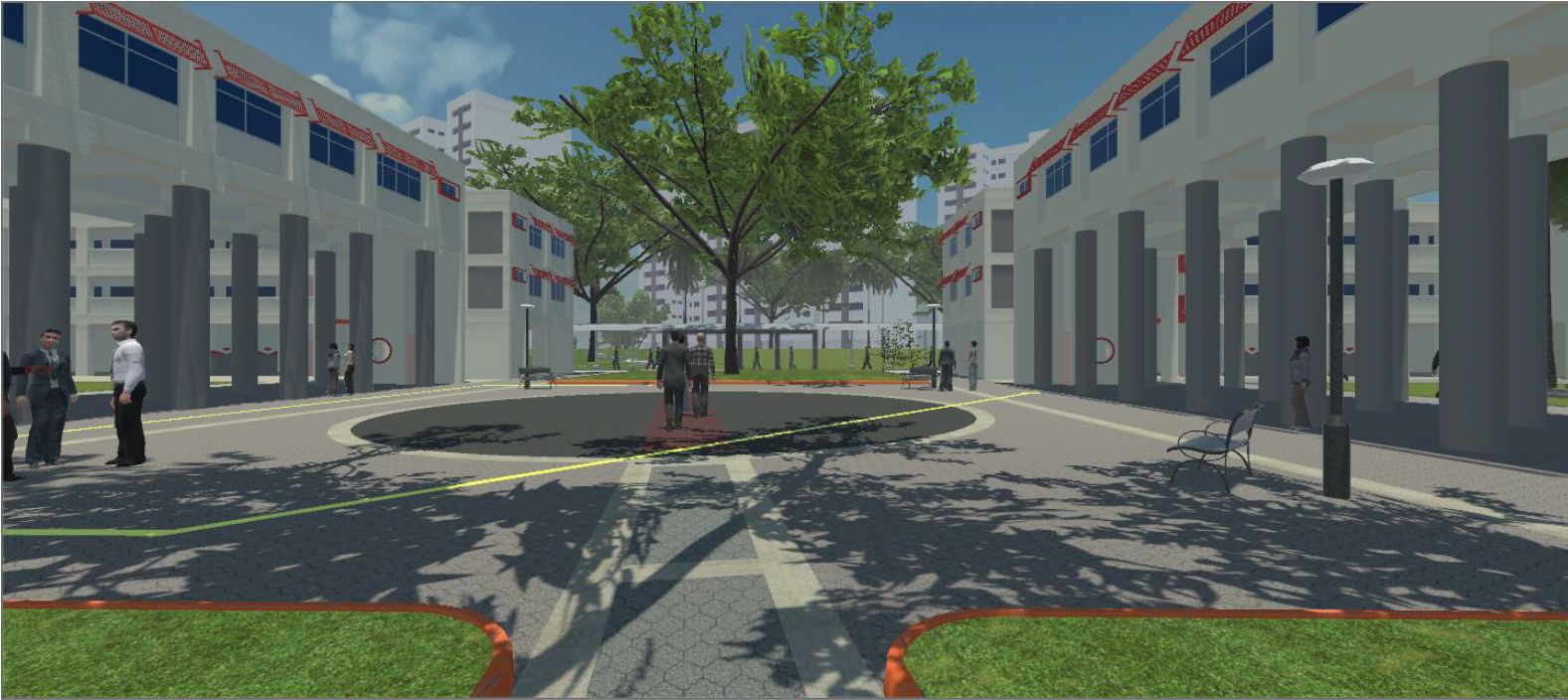What makes places more walkable? A virtual reality experiment may have the answers to that
FCL researchers ran a virtual reality simulation to study how environmental features contribute to walkability

Creating walkable urban environments can help cities reach key objectives of sustainable development, such as cutting transportation emissions and increasing quality of life.
However, what makes a walkable environment is not fully understood, and designing effective interventions, requires an understanding of environmental features that improve walkability.
FCL researchers Heidi Silvennoinen, Dr. Saskia Kuliga, Dr. Pieter Herthogs, Prof Bige Tunçer and their co-author conducted a virtual reality experiment based on residential neighbourhoods in Singapore to study the effect on walkability of three urban design features — high quality facdes, street liveliness and low buildings.
These features were defined by Jan Gehl, an influential urban design theorist and practitioner.
Running a virtual reality simulation allowed the researchers to isolate the effects of these features, as they are difficult to study in real life due to the presence of other factors.
The study results confirmed that Gehl’s urban design features contribute to walkability.
Walkability was measured through a questionnaire score and the walking speed of participants as they moved through the environments (assuming that people move more slowly in higher quality environments).
Secondary analysis suggested that of the three features, façade quality had the greatest effect on walkability.
The study findings may be used to improve models of walkability and inform urban design policy.
Silvennoinen, H., Kuliga, S., Herthogs, P., Recchia, D. R., & Tunçer, B. (2022). Effects of Gehl’s urban design guidelines on walkability: A virtual reality experiment in Singaporean public housing estates. Environment and Planning B: Urban Analytics and City Science. external page https://doi.org/10.1177/23998083221091822